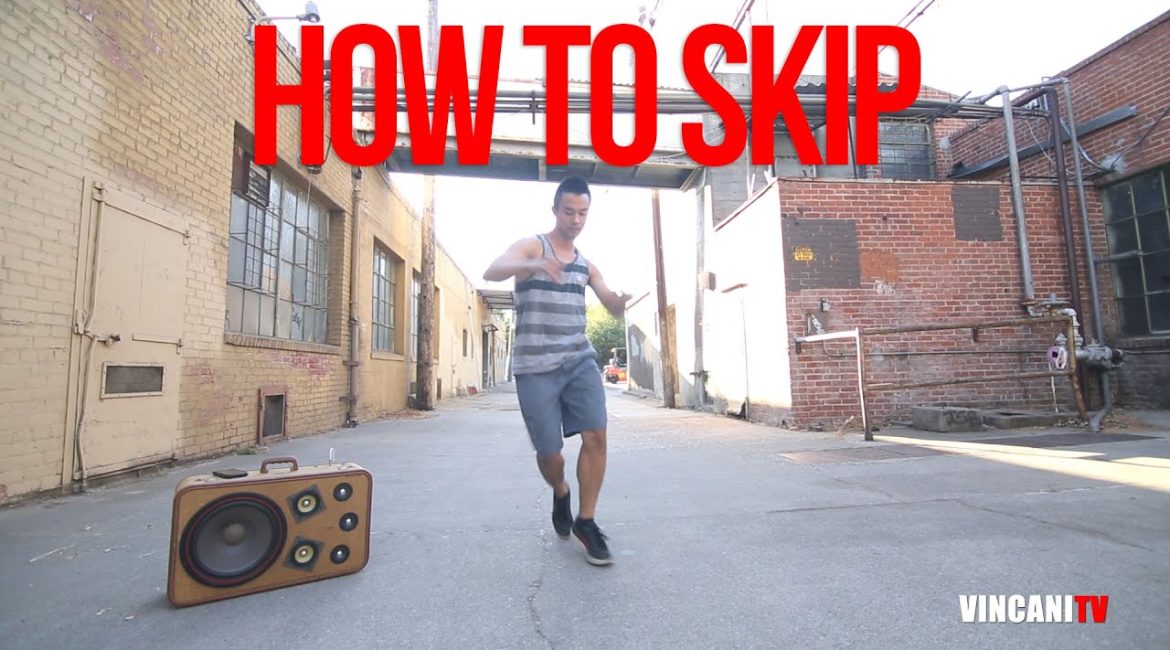When we think of dancing, the skill of skipping might not immediately come to mind as something crucial or complex. However, in the world of dance, particularly in styles that involve a lot of movement and space creation like top rock in breakdancing, skipping isn’t just child’s play. It’s a foundational skill that enhances fluidity and space management on the dance floor. This tutorial will walk you through the basics of skipping as a dance move, how to add style and personality to it, and why it’s essential for any budding dancer.
The Basics of Skipping for Dance
Skipping, at its core, is a rhythmic, bounding step that alternates legs and involves a hop. It’s a motion that propels you forward, creates rhythm, and adds a playful element to dance routines. But why is this so important for dancing, especially in styles like breakdancing?
- Distance Coverage: Skipping allows you to cover more ground. Whether you’re moving across the dance floor or circling around to engage with your audience or fellow dancers, skipping helps you do it efficiently and with style.
- Space Creation: In dance battles or performances, creating and controlling space is crucial. Skipping lets you open up the floor around you, setting the stage for more complex moves or simply establishing your presence.
- Rhythmic Foundation: Skipping adds a natural rhythm that can sync well with music, providing a steady base to layer more complex steps and styles on top.
Learning the Basic Skip
To start skipping, focus on the fundamental movement:
- Lift and Hop: Lift one knee up and hop off the opposite foot. As you land, switch to the other foot and repeat the motion.
- In Place Practice: Begin by skipping in place. Lift your knee, hop, switch legs, and continue. Get comfortable with the rhythm and balance required.
Progressing to Skipping in Motion
Once you’re comfortable skipping in place, start moving forward:
- Forward Movement: As you lift each knee, propel yourself slightly forward with each hop. This will move you across the floor.
- Circular Motion: Begin to skip in a circle. This helps in understanding how to control your movement and direction while maintaining the skip rhythm.
Adding Your Personal Style
A basic skip is just the starting point. The beauty of dance is in how you make each move your own:
Stylistic Variations
- Head Nods: Incorporate nods to the beat of the music, adding a layer of rhythm.
- Shoulder Moves: Roll or shrug your shoulders in time with your skips to add upper body movement.
- Arm Gestures: Use expressive arm movements to enhance the visual flair of your skipping. Swing, wave, or create shapes that reflect the music and your style.
- Limp or Funky Leg Movements: Add a limp or alternate the height and speed of your knee lifts to vary the style and intensity of your skips.
Creating Space with Style
When you skip, think about the space you’re creating. Use broad, expansive movements to clear a larger area, or more subdued, tight skips to stay within a smaller zone. This spatial awareness is crucial in dance settings where you might need to adapt based on the size of the stage or the proximity of your audience.
Integrating Skipping with Other Dance Moves
Skipping is not just a standalone skill; it’s a gateway to more intricate dance sequences. Once you’ve mastered skipping:
- Combine with Other Steps: Blend skipping with steps like the skipping side step, or incorporate it into your top rock routines.
- Transitions: Use skipping as a transition between different dance moves. It can serve as a rhythmic bridge, maintaining the flow and energy of your performance.
Practice Makes Perfect
- Start Small: Begin with small circles and simple forward skips. As you gain confidence, expand your movements.
- Vary Your Environment: Practice in different spaces—both small and large—to adapt your skipping to various settings.
- Add Music: Dance to different types of music to understand how skipping can match various rhythms and moods.
Conclusion
Skipping in dance is more than a simple hop from one foot to another; it’s about using your body to create rhythm, manage space, and express yourself. It’s a fundamental skill that enhances your dancing by giving you the tools to move confidently and creatively across the dance floor. So put on your favorite track, start with the basics, and let your style shine through as you skip your way to dancing prowess. Remember, every great dancer starts somewhere, and mastering the art of skipping is a fantastic step on your dance journey.


Leave a reply